Several common flower cultivation methods!

Narcissus is a perennial herbaceous plant belonging to the genus Narcissus of the Amaryllidaceae family. It is native to China. Narcissus flowers bloom all over the country from Jingzhou. There are more than 800 species of this genus in the world, of which more than 10 species such as trumpet daffodils and apron daffodils have extremely high ornamental value. Narcissus was originally distributed in Central Europe, the Mediterranean coast and North Africa. Chinese narcissus is a variant of multi-flowered narcissus. The flowers are white, in umbel inflorescence, and the leaves are narrow and ribbon-shaped. The narcissus root made from it has the effect of clearing heat and detoxifying. The language of narcissus is missing and reunion.
Ecological habits: Narcissus is a bulbous greenhouse flower planted in autumn. It likes plenty of sunlight, has strong vitality, can tolerate semi-shade, and is not cold-resistant. It sheds its leaves and goes dormant in July and August. During the dormant period, the growing point of the bulb undergoes flower bud differentiation. It has the physiological characteristics of growing in autumn and winter, blooming in early spring, and dormant in summer. Narcissus likes light, water, and fertilizer. It is suitable for warm and humid climate conditions and fertile sandy soil. It likes coolness in the early growth period, is slightly cold-resistant in the middle period, and likes warmth in the later period. Therefore, it requires a climate environment with no severe cold in winter and no extreme heat in summer, and rainy spring and autumn.
During the day, the narcissus pot should be placed in a sunny place with sufficient light. Because the plant needs chlorophyll to provide nutrients through photosynthesis, so that the leaves of the narcissus can be broad, thick, upright, bright green, and fragrant. Otherwise, the leaves will be tall, thin, weak, with yellow leaves, and even no flowers. Loose, fertile, deep alluvial sandy loam is the most suitable, and the pH is 5-7.5 for growth.
Phalaenopsis
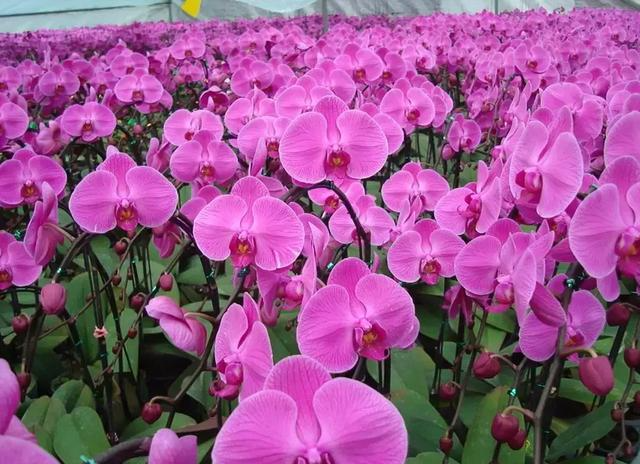
Phalaenopsis is a famous cut flower species. Phalaenopsis is a single-stem epiphytic orchid with short stems, large leaves, one to several arched flower stems, and large flowers. It is named after its butterfly-like shape. Its flowers are beautiful and colorful. It is a treasure among tropical orchids and is known as the "Queen of Orchids".
Ecological habits: Phalaenopsis likes high temperature, high humidity, and ventilated environment; it is not resistant to waterlogging, but can tolerate semi-shady environment. It avoids direct sunlight, waterlogging, and cold. The suitable temperature for growth is 22-28℃, and the wintering temperature should not be lower than 15℃!
Geranium
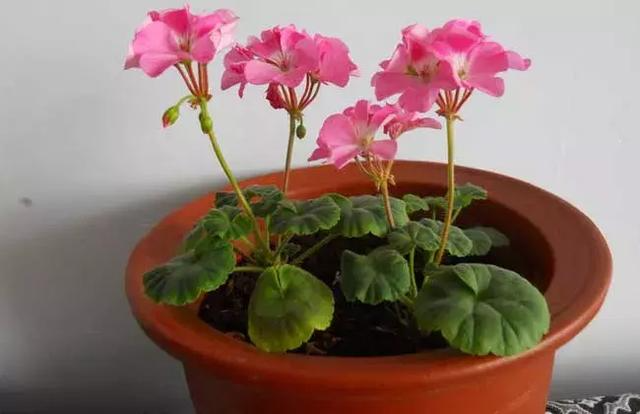
Geranium, also known as hydrangea, wax red, wax red, sun rot, and geranium, belongs to the Geranium family, which includes about 230 species of perennial succulents, subshrubs or shrubs. Geranium is native to southern Africa and is widely cultivated around the world.
Young geranium plants are fleshy herbs, while old plants are semi-woody. In the West, they are excellent flowers for decorating windowsills, and are especially common in continental Europe, such as Germany and Austria.
Ecological habits: like warm, humid and sunny environment. Poor cold resistance, afraid of water and high temperature. The suitable temperature for growth is 13-19℃ from March to September, and the temperature in winter is 10-12℃. It is semi-dormant from June to July, and watering should be strictly controlled. Fertile, loose and well-drained sandy loam is preferred. Geranium likes warm winter and cool summer. In winter, the indoor temperature is kept at 10-15℃ every day, and the night temperature is above 8℃, so it can bloom normally. But the optimum temperature is 15-20℃. Geranium likes dryness and hates moisture. Do not water too much in winter, and water when it is dry and wet.
Motherwort
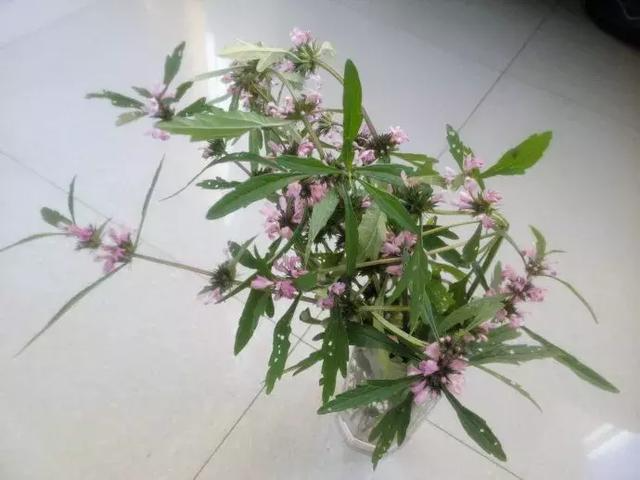
Motherwort, also known as Leonurus, Leonurus, Kuncao, Jiuchonglou, Mica Grass, and Senti, is a plant of the Lamiaceae family and the genus Leonurus. It blooms in summer.
Ecological habits: Motherwort likes warm and humid climate, likes sunshine, and has no strict requirements on soil. It can be planted in general soil and barren hillsides. Fertile soil is preferred. It needs sufficient water conditions, but it is not suitable for waterlogging. It grows in a variety of environments, with an altitude of up to 3,400 meters. Wild wasteland, roadsides, ridges, hillside grasslands, and riverbanks are mostly sunny. It likes warm and humid climates and can be cultivated in areas with an altitude of less than 1,000 meters. It has no strict requirements on soil, but it is suitable for sunny, fertile, well-drained sandy loam.
Living Environment
1. It grows on ridges, roadsides, stream sides or hillside grasslands, especially in sunny areas, and can grow up to an altitude of more than 3000m.
2. It grows on rocky hillsides, sandy grasslands or pine forests, up to 1500m above sea level.
Lucky Bamboo
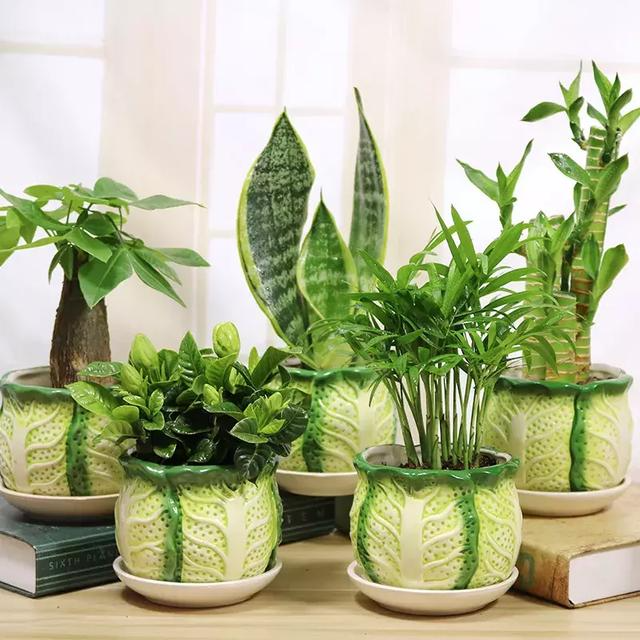
Lucky bamboo, also known as bamboo banana, long-term bamboo, lucky bamboo, fortune tower, bamboo tower, tower bamboo. When placed in the Wenchang position, it is also called Wenchang bamboo (usually 4 pieces are placed). It belongs to the genus Dracaena in the Liliaceae family.
Ecological habits: Lucky bamboo likes shade, humidity, high temperature, is resistant to waterlogging, fertilizer and cold; it likes semi-shaded environment.
Lucky bamboo grows well in well-drained sandy soil or semi-silty sand and alluvial clay. The suitable growth temperature is 20-28℃. It can withstand low temperatures of 2-3℃, but it needs to be protected from frost in winter. The hot and humid summer and autumn seasons are very favorable for the growth of lucky bamboo and are the best growth period. It is not strict with light requirements and is suitable for growing under bright scattered light. Excessive light and exposure to the sun will cause the leaves to turn yellow, fade green, and grow slowly.
Weeping Begonia
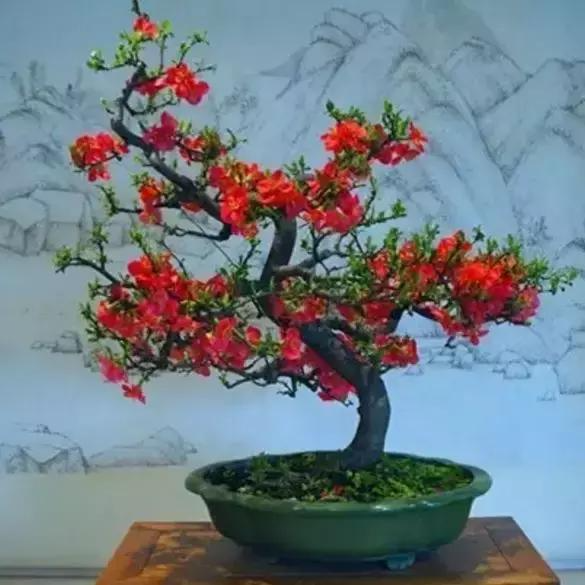
The weeping crabapple is a deciduous small tree, up to 5 meters high, with a spreading crown; the leaves are ovate or elliptic to oblong-ovate, the inflorescence is umbel, with 4-6 flowers, the pedicels are thin and drooping, with sparse soft hairs, and purple.
Ecological habits: Weeping Begonia likes sunshine, is not shade-tolerant, and is not very cold-tolerant. It likes warm and humid environment. It grows in sunny and leeward places. It is not very demanding on soil. It can grow in slightly acidic or slightly alkaline soil, but it grows better in deep, loose, fertile, well-drained and slightly sticky soil. This flower is strong and easy to cultivate. It does not require special technical management, but it is not tolerant to waterlogging. Potted plants must be protected from waterlogging to prevent root rot.